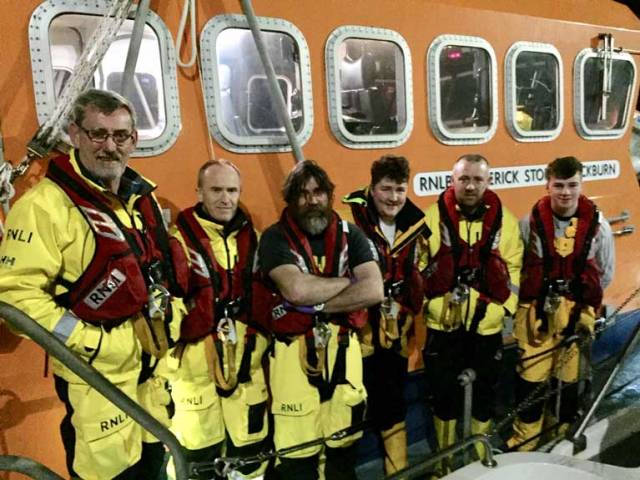The Courtmacsherry All-Weather RNLI Lifeboat was called out at 7.40 pm last night (Saturday) to go to the aid of a 40 ft Yacht which sought assistance 34 Miles off Courtmacsherry and due south of the Seven Heads peninsula in West Cork.
Under Coxswain Sean O Farrell and a crew of five, the Lifeboat was quickly away on the Bank Holiday Saturday and immediately made its way at full speed to the yacht.
The yacht had four persons on board and was en route to Spain from Ireland when they lost engine power two days ago.
Yesterday evening, they were losing all battery power as well and sought assistance from The Coastguard.
The Lifeboat reached the causality at 9.30 pm and immediately took the Boat in tow. After a slow tow in good conditions, the Lifeboat and the yacht arrived at the safe surrounds of the CastlePark Marina in Kinsale at 2.45 am this morning. The crew of the yacht were well pleased to be on safe soil early this morning, as they were drifting helplessly over the past few days in calm winds.
The Crew on this long callout were Coxswain Sean O Farrell, Mechanic Tadgh McCarthy and Crewmembers Ken Cashman, Denis Murphy, Evin O Sullivan and Conor Tyndall.
Having been at sea for over eight hours, The Trent Class Lifeboat “Frederick Story Cockburn” returned to its moorings in Courtmacsherry just after 4 am, after refuelling.































































